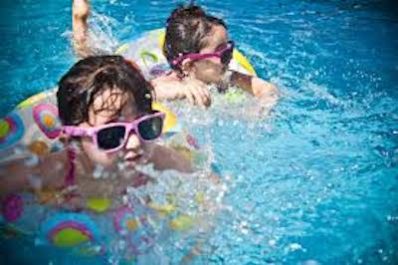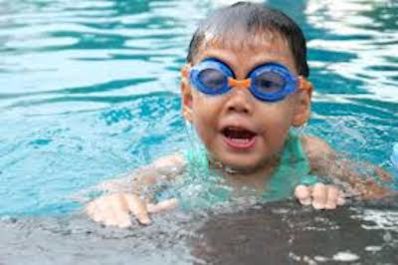Parents, Do You Know About Dry Drowning?
 It’s every parent’s worst nightmare, witnessing their child have a near-drowning experience while swimming in the pool.
It’s every parent’s worst nightmare, witnessing their child have a near-drowning experience while swimming in the pool.
A staple of the Arizona summers, families hit the pool to cool off from the extreme Arizona heat.
So much so that it’s estimated roughly one-third of homeowners in the cities of Phoenix, Mesa, and Glendale all have backyard pools, according to Realitor.com.
But pool safety goes far beyond watching the kids splash around. Staying safe around water also includes the time spent out of the pool as well.
Arizona has a child drowning rate that’s 25 percent higher than the national average, according to the Phoenix New Times, and some children may even experience something not many parents have heard of.
Dry drowning, or secondary drowning.
Dry drowning occurs when a child inhales water through their mouth or nose which causes their airway to spasm and close up, according to Parents.com.
Secondary drowning is when a child has a near-drowning experience that results in a little bit of pool water getting into the lungs. After the incident, water in the lungs may cause fluid buildup which, over time if left untreated, can actually cause the child to suffocate.
In dry drowning cases the effects happen soon after the incident, but in secondary drowning cases it can take up to 24 hours before the child begins to show any symptoms.
Symptoms for both include difficulty breathing and in rare but worst cases, death. However, symptoms are easy to spot and with immediate intervention easy to treat.
Doctors suggest parents keep an eye on their child after experiencing an incident, and watch out for behavior including having a hard time breathing, vomiting, sleepiness, change in behavior, and persistent coughing.
Should parents notice any of the symptoms, doctors say it’s imperative to head to the hospital for evaluation and the necessary  treatment.
treatment.
In fact, near drowning incidents should be evaluated even if the child appears to be fine as the incident puts stress on the body.
And of course preventing near drownings are key, and include children be properly taught how to swim by instructors, have constant supervision around water, and be educated in water safety.
















